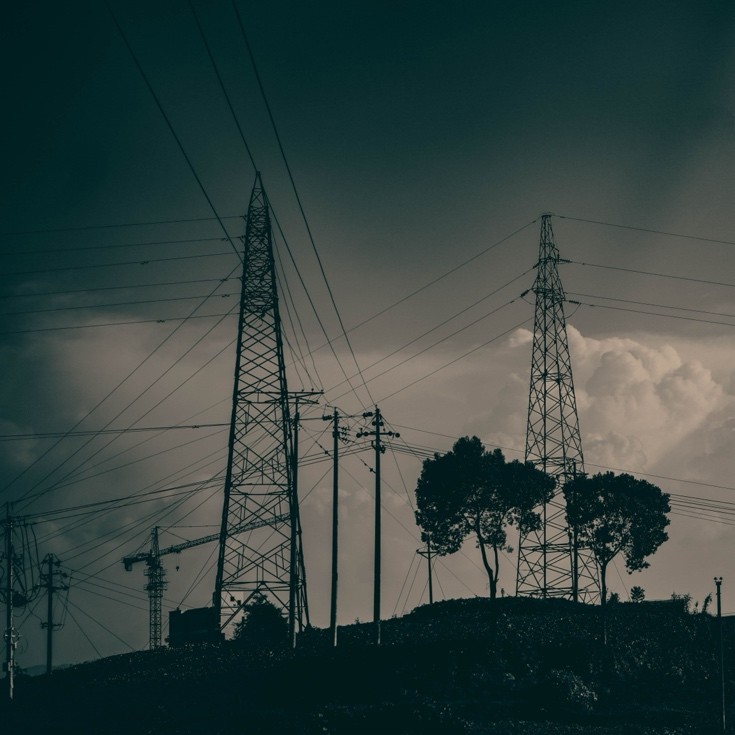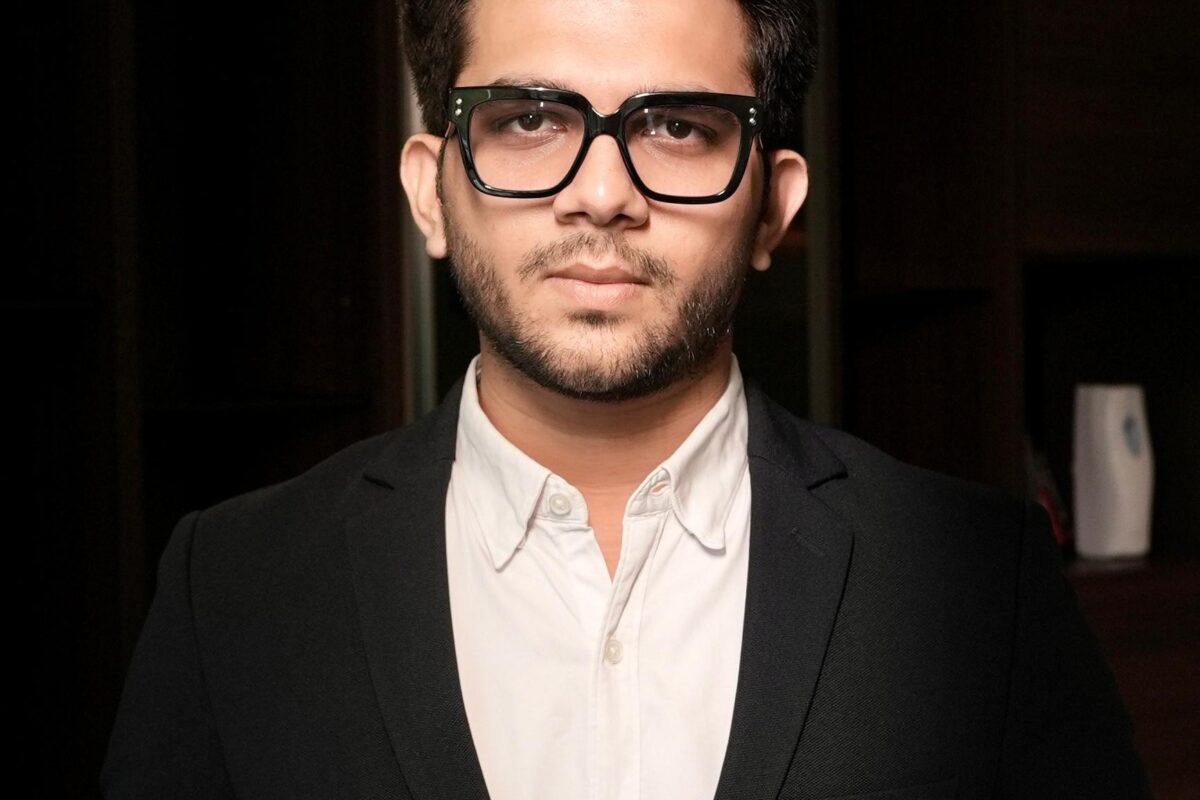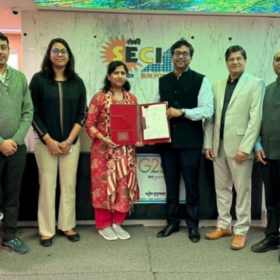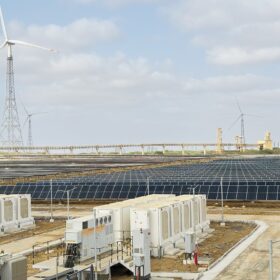India’s energy and utilities sector is getting smarter, faster and more connected. Smart meters, wind turbines and Wi-Fi-enabled grids, as well as each component (digital and physical), are a part of this interconnected system. Beneath this visible infrastructure lies a silent digital architecture, which powers electricity and the intelligence to operate it seamlessly.
Integrating digital technologies with operational systems will also increase vulnerability, as every new connection is a potential entry point for a cyberthreat. As the country accelerates its energy transition and modernises its grid infrastructure, the energy and utility sector will move beyond its traditional functionality. Cybersecurity, once a back-office IT concern, is now at the front, especially for Operational Technology (OT).
Operational Technology: The new cyber battleground
Metro cities’ digital and physical infrastructure (metro trains, coordinated traffic signals or hospitals operating on life-saving equipment, etc.) relies on OT. This interdependent infrastructure keeps these cities moving and secure. What if there is no electricity, water supply and connectivity to emergency services? What if it was not a system failure but a planned cyberattack?
OT powers India’s energy infrastructure and ensures that control units, sensors, communication lines, SCADA systems, Programmable Logic Controllers (PLCs), data historian software, Human Machine Interfaces (HMIs) and other field devices operate seamlessly. These systems are now more connected to the IT infrastructure.
This shift brings more exposure to risk, and these systems were not built for modern cybersecurity challenges. Today, they face threats that can disrupt the power supply of a whole city, damage infrastructure across states and even endanger lives.
India is advancing its grid modernisation and adoption of renewable energy. The states also take collaborative measures to protect OT environments, as a single breach can compromise the safety of the entire nation.
AI-powered threats: A new class of risk
Advancements in AI and generative technologies add more complexity to urban and semi-rural development systems. Deloitte’s Cyber Threat Trends Report 2025 highlights how these threat actors use AI and GenAI to launch attacks to disrupt various platforms.
These AI-driven threats can take over secure tools and software, operate in stealth mode, learn from defensive responses and adapt in real time, leading to critical failures in high-stakes environments, such as energy grids.
The evolving threat landscape, from deepfake credentials to autonomous malware, is affecting the national and international cyber infrastructure. Indian utilities must confront these persistent and intelligent attacks with a strong defence mechanism and smarter collaboration to prioritise the continuous operability of these systems.
Integrating IT-OT security for grid resilience
Indian utilities must move beyond siloed security strategies. With the ongoing digital transformation, the traditional approaches are becoming obsolete. Establishing integrated IT-OT cybersecurity, with frameworks that combine network segmentation, real-time monitoring and effective incident response, is a strategic necessity. Threat detection and mitigation across digital and physical assets are quick when these elements work together.
Grid modernisation efforts, such as the deployment of Distributed Energy Resources (DERs), smart meters and IoT devices, are also critical for holistic integration. As the grid becomes more decentralised and dynamic, every node and endpoint become a target point. Therefore, a cohesive approach is essential to protect and operate the ecosystem.
Conclusion
India’s energy and utility sector is experiencing a transformation unlike anything it has seen before. It is a complete renovation of how power is generated, managed and secured. The sector must also confront this new frontier where cybersecurity is at the intersection of growing threats and endless opportunities to build more intelligent infrastructure. In such a scenario, OT has become a critical line of defence.
Initiatives such as Cyber Surakshit Bharat highlight the need to protect our energy systems. As the world watches India redefine its energy future, there is an opportunity to lead by example. The nation must move forward with clarity and conviction.
By integrating IT-OT security and preparing for AI-driven threats, India can establish a smart and sustainable energy ecosystem.
Furthermore, investing in skilled talent and effective governance will help position India as a global benchmark for future-ready infrastructure.
The views and opinions expressed in this article are the author’s own, and do not necessarily reflect those held by pv magazine.
This content is protected by copyright and may not be reused. If you want to cooperate with us and would like to reuse some of our content, please contact: editors@pv-magazine.com.








By submitting this form you agree to pv magazine using your data for the purposes of publishing your comment.
Your personal data will only be disclosed or otherwise transmitted to third parties for the purposes of spam filtering or if this is necessary for technical maintenance of the website. Any other transfer to third parties will not take place unless this is justified on the basis of applicable data protection regulations or if pv magazine is legally obliged to do so.
You may revoke this consent at any time with effect for the future, in which case your personal data will be deleted immediately. Otherwise, your data will be deleted if pv magazine has processed your request or the purpose of data storage is fulfilled.
Further information on data privacy can be found in our Data Protection Policy.